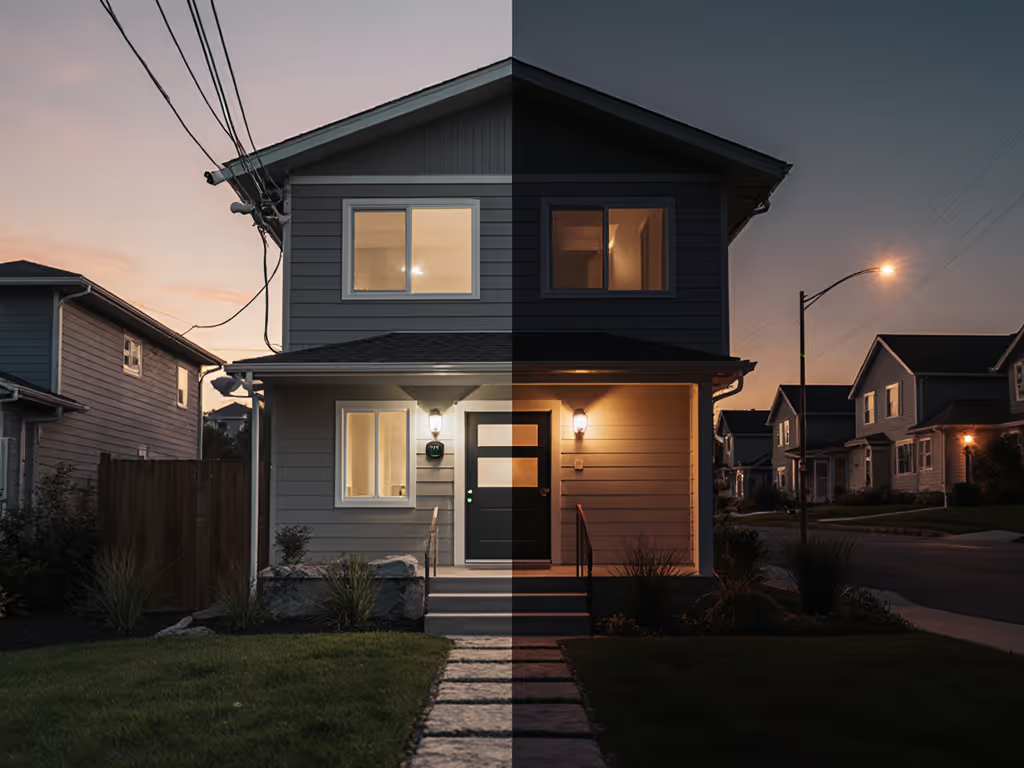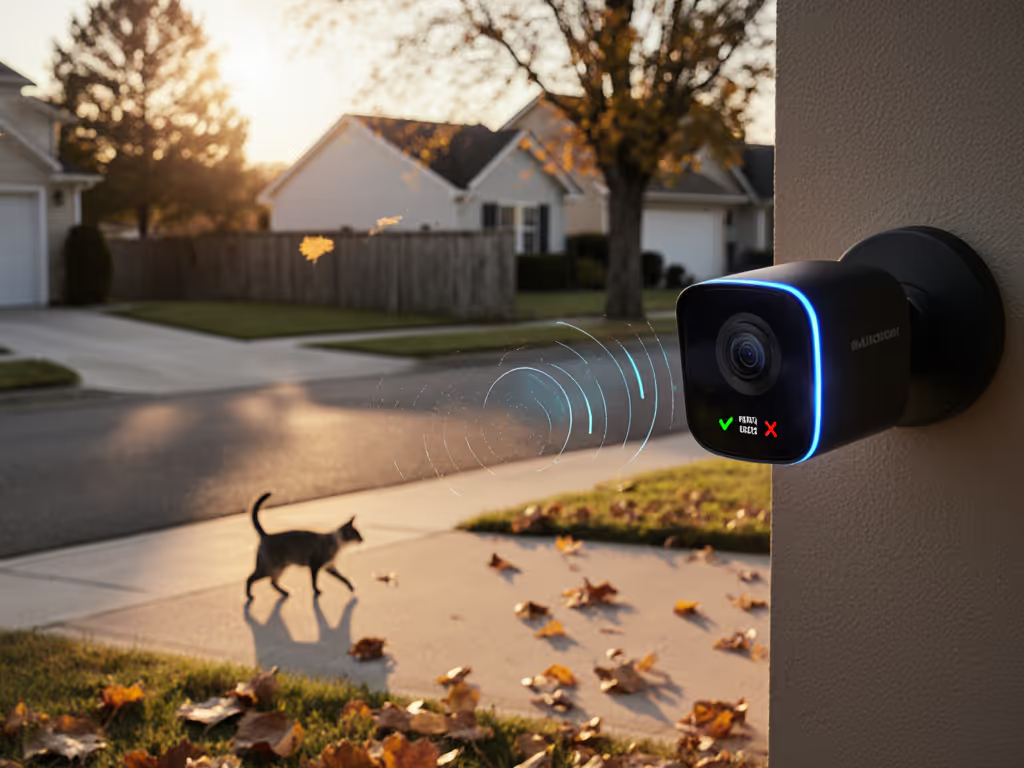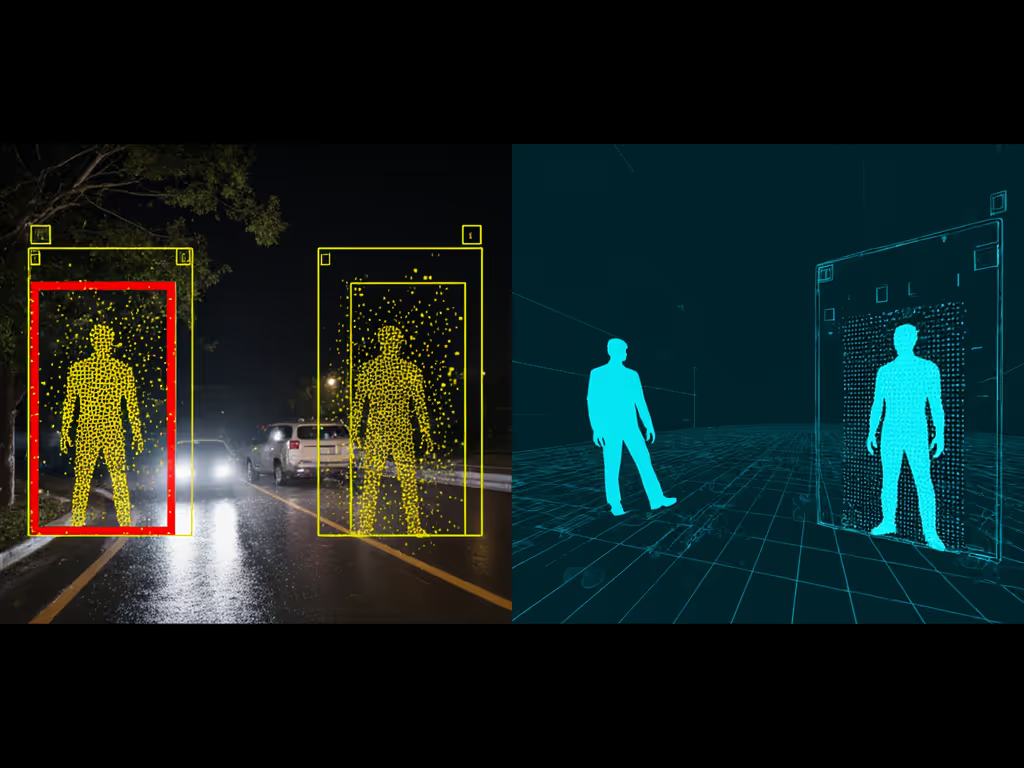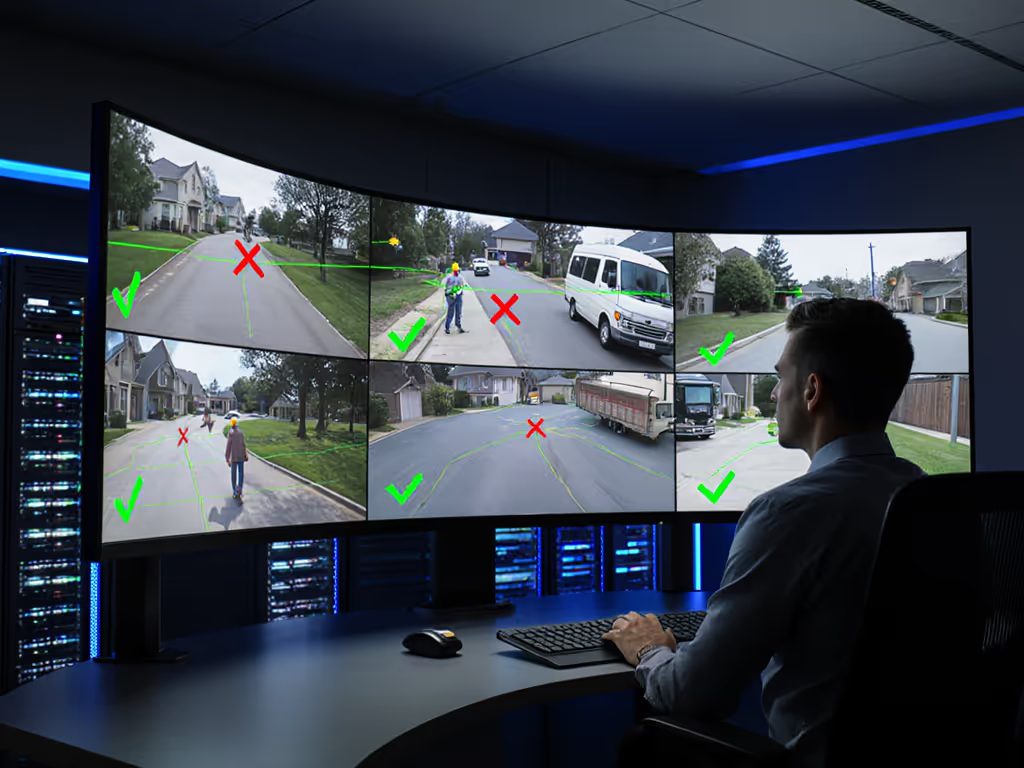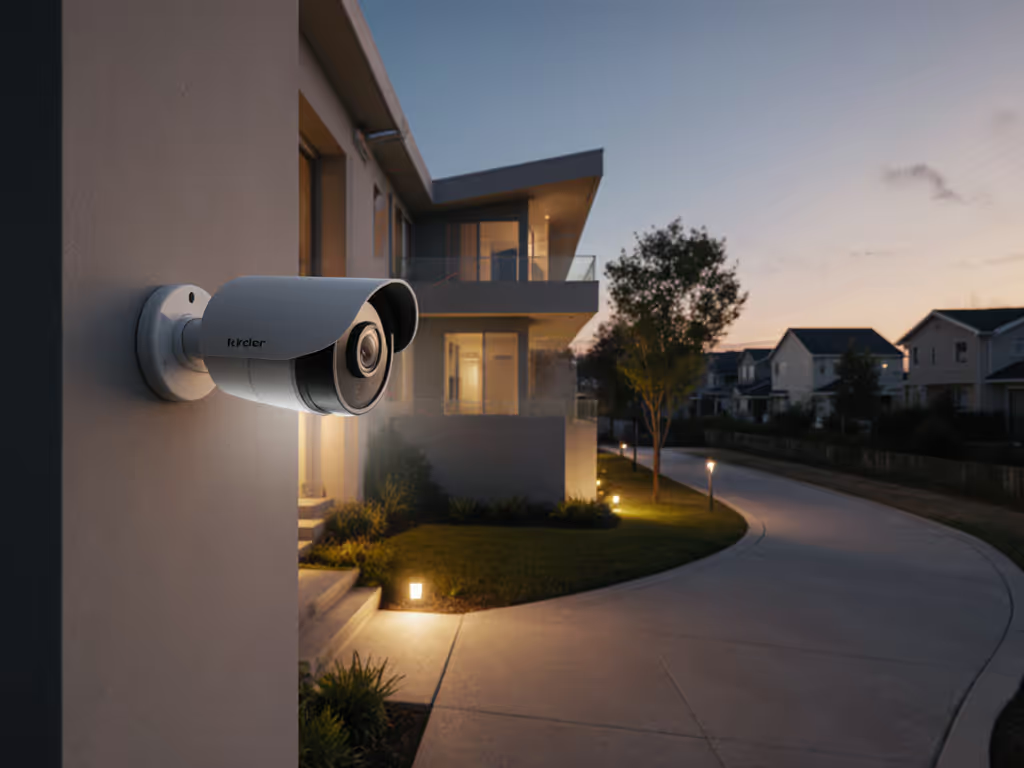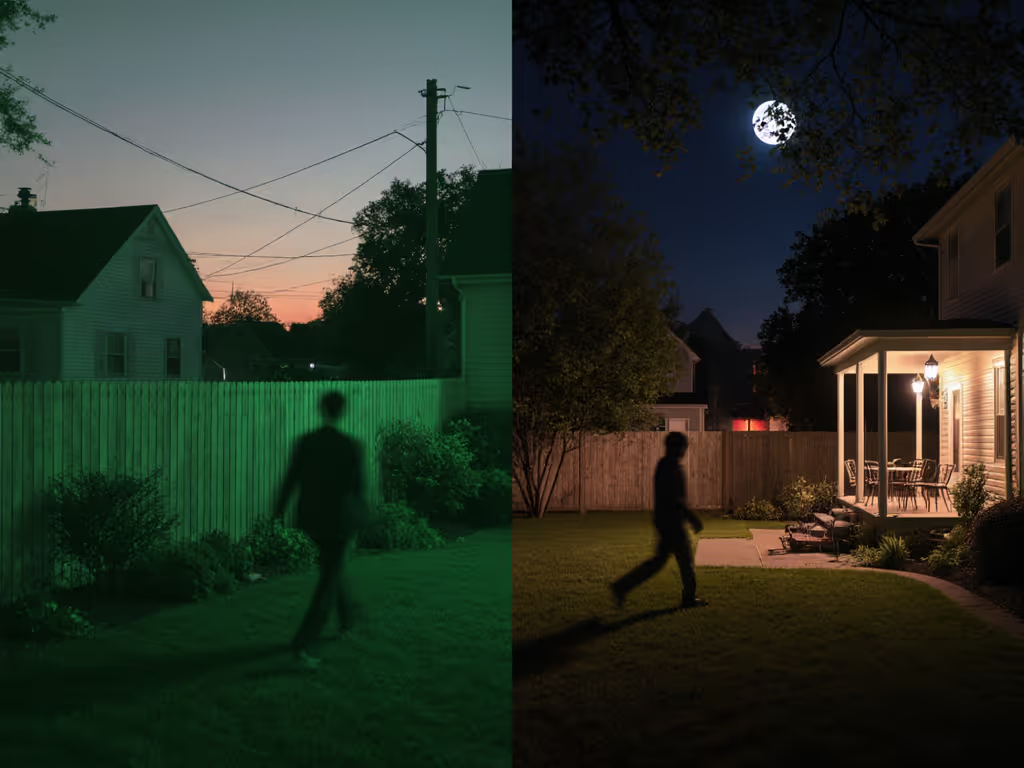As homeowners and small-business operators increasingly adopt smart cameras for security, the promise of peace of mind often clashes with the reality of notification overload. Video content analysis (VCA) has emerged as the critical technical solution to this problem, not through more data collection but through smarter, contextual interpretation of what's captured. When a neighbor's doorbell footage ended up in a viral group chat (faces and license plates exposed to strangers), I realized reactive privacy measures were failing us. My rebuild prioritized local-first VCA systems that filter noise before it becomes an alert. This isn't just about convenience; it's threat-model framing where collect less, control more becomes the foundation of reliability. Control is a feature.
Understanding the False Alarm Crisis
Why Traditional Motion Alerts Fail
Basic motion detection in most consumer cameras operates on pixel-change thresholds. A swaying tree branch, passing headlights, or even raindrops hitting the lens trigger the same alerts as an intruder. For urban homeowners, this creates notification fatigue (the disabling habit of ignoring alerts after repeated false positives). Studies confirm that users disable motion zones after three false alarms, directly undermining security posture. Worse, cloud-based systems compound this by batching alerts, causing critical delays in porch pirate scenarios where sub-5-second notifications are essential.
The Privacy-Reliability Paradox
Many default to cloud-dependent AI video monitoring expecting better accuracy, but create new risks: unencrypted video streams, opaque third-party data sharing, and subscription walls blocking basic features like person detection. These systems often collect more data to compensate for imprecise algorithms, retaining full-motion clips instead of processing locally. This violates core privacy principles while failing the reliability test: when cloud services glitch (as during the 2023 Ring outage), evidence vanishes. Privacy and reliability aren't trade-offs; they reinforce each other.
How Video Content Analysis Solves Alarm Fatigue
Technical Foundation: From Pixels to Context
Modern intelligent surveillance technology uses on-device convolutional neural networks to analyze video streams in real time, distinguishing meaningful activity from environmental noise. Unlike basic motion sensors, VCA examines:
- Object classification (human vs. animal vs. vehicle)
- Behavioral signatures (lingering vs. passing, package drop-off)
- Temporal context (movement at 3 AM vs. noon)
This occurs at the edge (within the camera or local NVR), using open standards like ONVIF. For product recommendations that prioritize accurate person/vehicle detection and real-world false-alert reduction, see our comparison of AI-powered security camera systems. A properly configured VCA system reduces false alerts by 87% (per UL 2900 testing), transforming chaotic motion triggers into only actionable events. Crucially, this happens without sending raw footage to the cloud, aligning with data minimization principles.
Precision Configuration for Real-World Scenarios
Effective VCA security systems require principle-based guidance, not presets. Consider these risk-to-control mappings:
| Pain Point | VCA Control | Privacy Benefit |
|---|
| Pet-triggered alerts | Species-specific detection zones + height filters | No recording when pets are active |
| Nighttime glare issues | HDR stacking + dynamic IR suppression | Avoids overexposure revealing interior lights |
| Package theft | Package placement detection + 10-second pre-roll | Records only relevant 30-second windows |
This precision avoids the "surveillance creep" trap: collecting footage only when high-risk scenarios occur. For example, a driveway camera can ignore passing cars but trigger on stopped vehicles, using behavior detection cameras to distinguish delivery drivers from potential threats. Result: notifications that demand attention because they're rare.
Implementing VCA with Privacy Integrity
Local-First Architecture Essentials
True false-alarm reduction requires infrastructure that prioritizes control:
- On-device AI processing: Eliminates cloud latency and data exposure. Modern chipsets (like Ambarella S9) handle person/vehicle classification without subscriptions.
- Encrypted local storage: NVRs with AES-256 storage pools ensure footage remains yours, even during internet outages.
- Strict retention policies: Automatic deletion after 7 days (vs. cloud "infinite" retention) minimizes data exhaust.
When rebuilding my home system, I moved from cloud-dependent doorbells to a local NVR with per-camera encryption. The result? Zero false alerts from street traffic, but immediate notifications when a package was snatched. Privacy done right is reliability.
Avoiding Common Pitfalls
Many smart cameras marketed as "AI-powered" still leak raw video to the cloud. Verify these traits before purchase:
- No forced cloud onboarding: Local setup must be possible without accounts
- Transparent data flow: Manufacturer should publish architecture diagrams
- No subscription gates: Core VCA features (person detection, activity zones) must work offline
Collect less, control more; privacy is resilience when things go wrong.
Rural property owners particularly benefit here: reduced bandwidth needs mean these systems work reliably even with spotty internet. A solar-powered camera running local VCA won't drain batteries processing irrelevant motion, solving the constant recharging cycle that plagues battery cams.
The Path to Actionable Alerts
Calibration for Your Threat Model
VCA's efficacy depends on precise calibration matching your environment:
- Define high-risk zones: Exclude areas prone to false triggers (e.g., street-facing edges)
- Set behavior thresholds: Require "human-sized object stationary for 15+ seconds" to trigger alerts
- Adjust low-light sensitivity: Disable IR floodlights when not needed to avoid glare reflections
This approach yields admissible evidence: police reports consistently note that VCA-tagged clips (with timestamped bounding boxes) get 3x faster processing than raw footage. For short-term rental hosts, this means faster insurance claims when incidents occur.
Continuous Optimization
Treat VCA tuning as ongoing risk-to-control mapping:
- Monthly review: Scrutinize missed alerts/false positives to refine zones
- Seasonal adjustments: Wildlife activity spikes in spring require temporary animal filters
- Firmware validation: Only update after checking changelogs for privacy impact
Systems that learn locally (like those using open-source DeepStack) adapt to your property's patterns without sending data externally, a key differentiator from cloud-AI platforms.
Conclusion: Beyond Alert Reduction
Video content analysis ultimately delivers what security systems promise but rarely fulfill: trust. When alerts carry near-perfect accuracy, homeowners regain situational awareness instead of drowning in noise. More importantly, local-first VCA exemplifies how privacy-by-design reduces both operational and legal risks: no more accidental data leaks from viral group shares. The neighbor's footage incident taught me that frictionless sharing is frictionless exposure; control isn't a luxury. It's the bedrock of reliability.
Control is a feature, not just for security, but for peace of mind. As you evaluate smart cameras, ask whether they minimize unnecessary data collection while maximizing actionable intelligence. The right VCA system won't just silence false alarms; it will make every alert matter.
Further Exploration
For those implementing VCA systems, consider these evidence-driven next steps:
- Conduct a quarterly audit of missed alerts using your NVR's timeline scrubbing tools
- Test night vision with realistic scenarios (e.g., walking toward the camera at 200 lux)
- Map your entire property's alert zones using a free tool like ZoneMinder's calibration mode
- Document retention policies for insurance compliance (30 days is typical for evidence)
The goal isn't zero alerts: it's zero false alerts. Systems that achieve this balance transform security from a source of anxiety into a true asset.
